Space News
Nasa
27
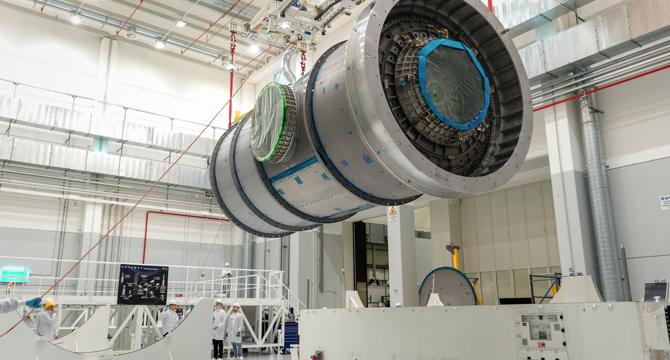
Image Credit: Nasa
NASA Marks Artemis Progress With Gateway Lunar Space Station
- NASA's Artemis campaign is making progress on the Gateway lunar space station, with top-level partners involved in the project.
- Leaders from NASA, ESA, and the Italian Space Agency recently assessed Gateway's HALO module in Turin, Italy, nearing completion.
- The first crewed mission to Gateway, Artemis IV, aims for a joint launch of HALO and the Power and Propulsion Element by December 2027.
- Gateway will host the ESA Lunar Link communication system for high-speed lunar-Gateway communication.
- Northrop Grumman and Thales Alenia Space are key players in completing HALO, with plans for lunar missions to continue scientific exploration.
- Maxar Space Systems is assembling the Power and Propulsion Element, a critical component of Gateway's solar electric propulsion system.
- SpaceX will provide the Starship human landing system for Artemis III and logistical support for Artemis IV missions.
- NASA's partnership with Blue Origin aims to develop the Blue Moon human landing system for Artemis V and future missions.
- Gateway's development includes advanced robotics by CSA, life support systems by JAXA, and an airlock design by MBRSC.
- Gateway serves as a testbed for deep space exploration to prepare for Mars missions, with scientific investigations underway.
Read Full Article
1 Like
Digitaltrends
312
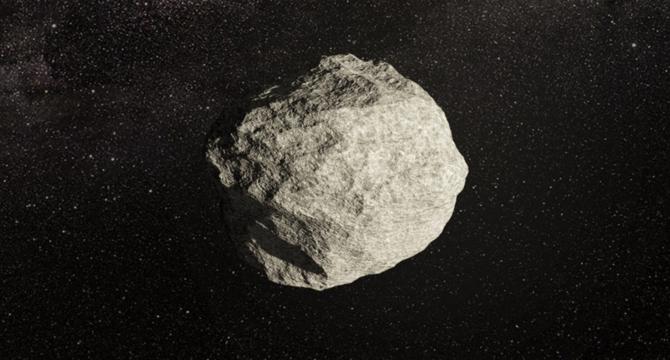
Image Credit: Digitaltrends
That killer asteroid probably isn’t going to hit us after all
- Scientists have revised the impact likelihood of asteroid 2024 YR4.
- The impact chance has dropped to 0.16% according to the European Space Agency.
- Asteroid observations help reduce uncertainties about its trajectory and potential threat to Earth.
- There is a 1% chance that the asteroid could impact the moon, but it won't cause any problems on Earth.
Read Full Article
18 Likes
Medium
366

Image Credit: Medium
How Did I Arrive at Replacing Time with Oscillations of Space Curvature?
- Particles in quantum physics never completely stop; they always oscillate.
- The author suggests measuring reality using particle oscillations instead of time.
- Space itself can also oscillate, with implications for fundamental equations.
- The model proposes that everything can be expressed through oscillations, eliminating the need for time.
Read Full Article
22 Likes
Livescience
361
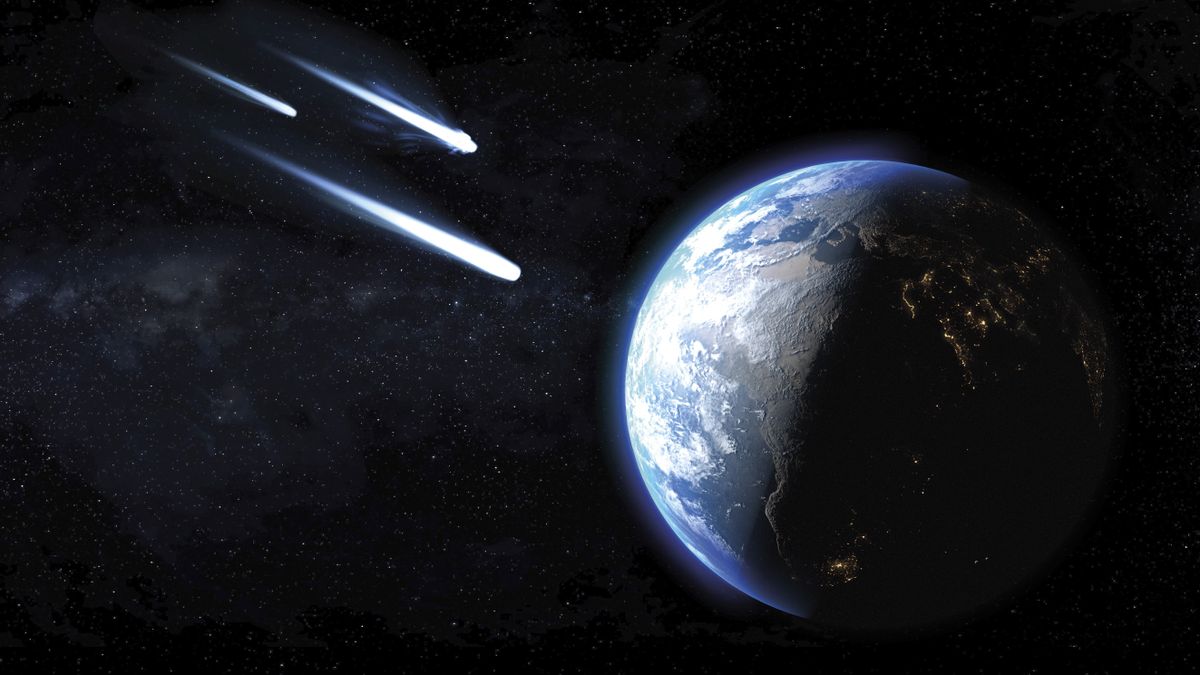
Image Credit: Livescience
'Just the tip of the iceberg': Why risky asteroids like 2024 YR4 will pester Earth for decades to come
- Asteroid 2024 YR4, initially posing a threat to Earth, saw its impact probability fluctuate from 3.1% to 0.28% over a few days.
- Despite concerns, astronomers anticipated 2024 YR4's near-miss, as observations unveiled a decreased likelihood of impact.
- The Torino Impact Hazard Scale categorized 2024 YR4 as a Level 3 asteroid capable of 'localized destruction' before its impact chances dropped below 1%.
- With advanced telescope observations refining the data, 2024 YR4 descended to a Level 1 asteroid posing 'no unusual danger' to Earth.
- Asteroids like 2024 YR4 are monitored by the International Asteroid Warning Network to assess potential threats and coordinate deflection strategies.
- Comparatively, asteroid Apophis, a larger space rock on a trajectory towards Earth in 2029, presents similarities in potential impact scenarios.
- As Earth's detection methods improve, astronomer Richard Binzel suggests that 2024 YR4 signifies just the beginning of discovering more risky asteroids.
- The ongoing enhancement in asteroid surveillance aims to minimize surprise impacts by identifying and tracking potentially hazardous objects in advance.
- Asteroid research and mitigation efforts seek to prevent catastrophic events similar to those observed in Earth's history, fostering a proactive approach to celestial threats.
- Binzel emphasizes that the evolving detection capabilities will lead to increased knowledge and preparedness in handling future space rock encounters.
Read Full Article
21 Likes
Discover more
Hackaday
343
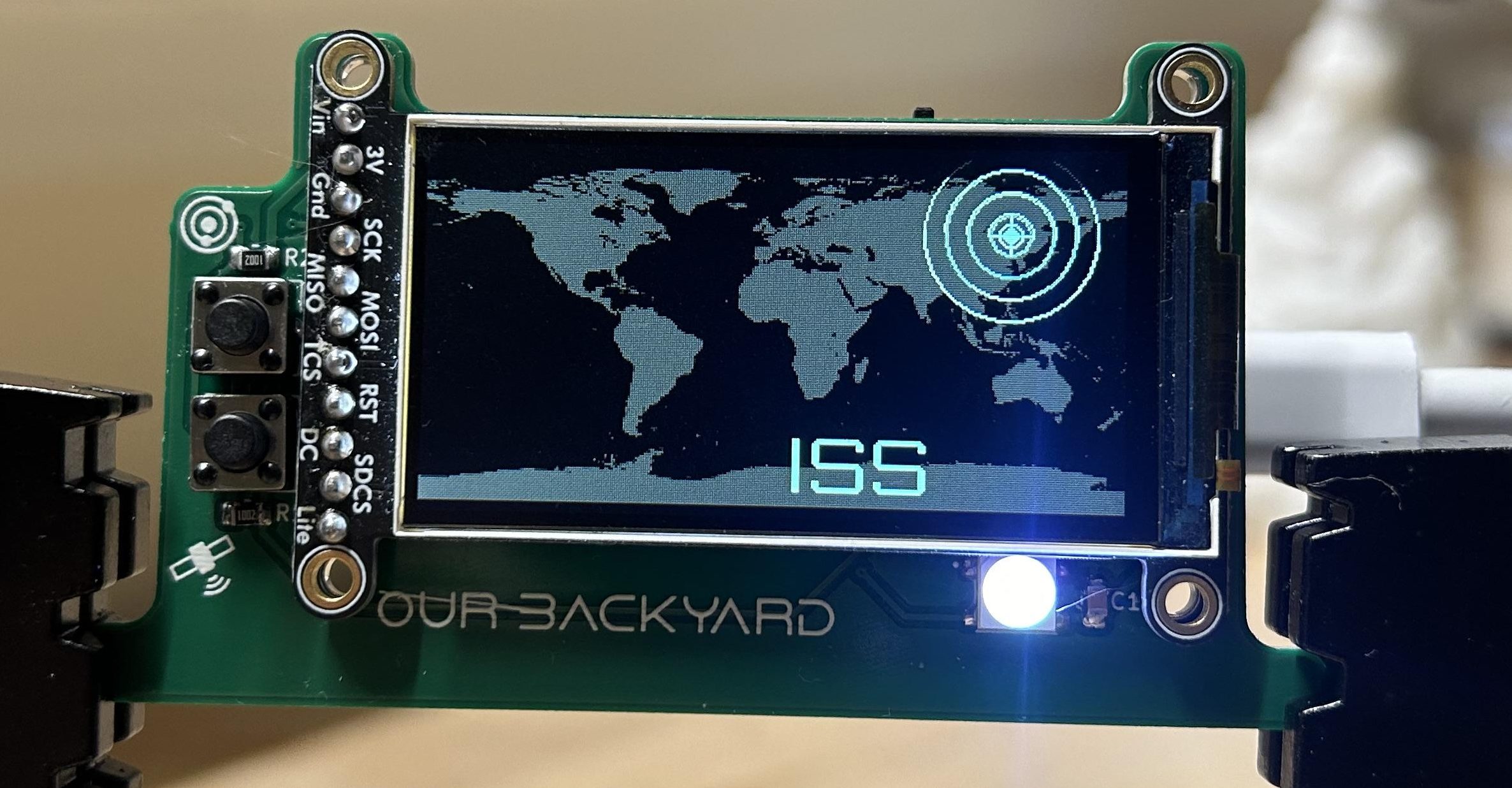
Image Credit: Hackaday
Pocket Device Tracks Planets And The ISS
- The Screen Tracker is a pocket-sized device that combines an ESP32, a Neopixel LED, and an LCD screen on a compact PCB.
- It communicates over WiFi to a custom website that processes orbit data for the ISS and the positions of the planets.
- The device displays the positions of the planets and the ISS on the LCD screen above a map of the Earth.
- It serves as an educational tool for learning about basic orbits, working with screens and APIs, and getting embedded devices online.
Read Full Article
20 Likes
Universe Today
87

Image Credit: Universe Today
Fluffy Molecular Clouds Formed Stars in the Early Universe
- Stars form in Giant Molecular Clouds (GMCs), vast clouds of mostly hydrogen that can span tens of light years, observed in the Milky Way and Magellanic Clouds.
- Metallicity, the abundance of elements heavier than hydrogen and helium, affects star formation by cooling gas clouds and aiding in the formation of stars.
- New research in The Astrophysical Journal explores star formation processes in the early, low-metallicity Universe using observations from the Small Magellanic Cloud (SMC).
- Using the ALMA telescope, researchers examined molecular clouds in the SMC associated with massive young stellar objects (YSOs) to study star-forming filamentary structures.
- Around 60% of the molecular clouds observed displayed a filamentary structure, while the rest had a 'fluffy' shape, with temperature differences noted between the two types of clouds.
- Classification of these clouds included single filaments, hub filaments, spatially compact clouds, and diffuse clouds based on their shapes.
- The study suggests that filamentary clouds are more likely to form lower-mass stars, while fluffy clouds present challenges in star formation.
- The structure and temperature transitions observed in the SMC have not been reported in higher metallicity environments like the Milky Way, indicating differences in star formation processes.
- Filamentary clouds associated with YSOs are believed to be younger and may provide insights into the formation of planetary systems in low-metallicity environments.
- Future research will focus on understanding the evolutionary stages of molecular clouds, the role of heavy elements in maintaining filamentary structures, and the impact of turbulence and magnetic fields on star formation.
- The interstellar medium and star formation in low-metallicity environments offer new perspectives on the formation and evolution of molecular clouds and planetary systems.
Read Full Article
5 Likes
Insider
416

Image Credit: Insider
Kapta Space launches with $5 million in seed funding to build out its satellite radar technology
- Kapta Space, a space tech startup, raised $5 million in seed funding led by MetaVC Partners.
- The startup is developing electronically steerable, radar-based imaging technology for space.
- Kapta aims to launch low-cost satellites to improve imaging and analytics.
- The radar technology has potential applications in commercial industries and defense.
Read Full Article
25 Likes
Earthsky
362

Image Credit: Earthsky
A bold new theory of intelligent life and origin of humanity
- Humanity and other forms of intelligent life in the universe may not be as extraordinary or improbable as previously thought, according to a new theory.
- A new model suggests that humanity could be the probable outcome of biological and planetary evolution, challenging the 'hard steps' theory of human evolution.
- This theory proposes that humanity's evolution on Earth might not be a series of lucky events but a natural evolutionary outcome.
- The study published in Science Advances on February 14, 2025, challenges the notion that humanity is a unique and rare product of planetary evolution.
- Researchers argue that intelligent life may not require lucky breaks to exist and that human evolution may be less about luck and more about environmental factors.
- The evolution of humans became possible when the global environment reached a permissive state, including suitable conditions like oxygen availability.
- The study uses Earth's geological timescale instead of the sun's lifespan to understand the emergence of intelligent life, suggesting it may not be as unlikely as previously thought.
- The interdisciplinary approach of this new theory involves physicists and geobiologists, challenging the old 'hard-steps' model based in astrophysics.
- This new perspective opens up exciting avenues of research to understand the origins of life and the potential existence of similar life forms elsewhere in the universe.
- In summary, the rise of humanity and other intelligent life forms might not have been purely by chance, but rather a probable outcome of evolutionary processes.
Read Full Article
21 Likes
The Verge
178
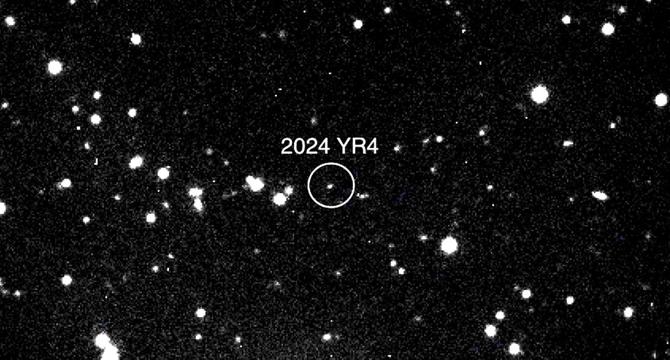
Image Credit: The Verge
Phew! The risk of that asteroid hitting Earth in 2032 has significantly lowered
- Recent observations show that the probability of asteroid 2024 YR4 hitting the Earth has dropped to just 0.16 percent.
- The asteroid, estimated to be between 130 and 300 feet in size, would impact the Earth with about 7.7 megatons of energy.
- The new trajectory estimates come from new observations made after a week of limited visibility.
- Although the odds of the asteroid hitting the Earth have decreased, the chances of it impacting the moon have increased to one percent.
Read Full Article
10 Likes
TechCrunch
4

Image Credit: TechCrunch
TechCrunch Disrupt 2025: Lowest prices of the year end in 7 days
- Save up to $1,130 on individual passes and up to 30% on group tickets for TechCrunch Disrupt 2025 until February 28.
- TechCrunch Disrupt is celebrating 20 years from October 27-29 at Moscone West in San Francisco.
- Explore AI in various domains, gain insights from 200+ tech leaders, and participate in interactive sessions and Startup Pitch Battle.
- Don't miss the opportunity to connect with industry leaders and secure tickets at the best prices before February 28.
Read Full Article
Like
Metro
394
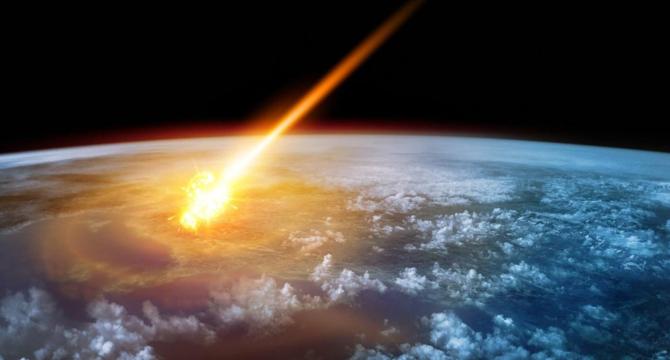
Image Credit: Metro
How an asteroid caused an explosion 1,000 times more powerful than Hiroshima
- The Tunguska Event in 1908 in Siberia was the largest space-related explosion in human history, causing significant devastation.
- Eyewitnesses described a bluish fireball followed by a powerful explosion that felled 80 million trees and killed numerous reindeer.
- The event left an area of 830 square miles scorched, with the sky glowing eerily for days.
- Scientists, led by Leonid Kulik, determined that a stony asteroid exploded in the Earth's atmosphere, rather than leaving a crater.
- The explosion, equivalent to 185 to 1,000 times the power of the Hiroshima atomic bomb, was caused by the asteroid self-destructing at a high altitude.
- There were no reported injuries from the blast, as the energy dissipated from the impact prevented fires from spreading.
- The Tunguska Event prompted a reevaluation of planetary defense strategies, leading to missions to test asteroid deflection techniques.
- The asteroid 2024 Y24, with a potential impact in 2032, has raised concerns but is now considered less likely to collide with Earth, reducing the odds to 0.28%.
- Various theories suggest the Tunguska object could have been a comet, and the incident underscores the importance of monitoring potential impact threats.
- Efforts are ongoing to gather more data on asteroids like 2024 Y24 and develop strategies to mitigate the risks of future cosmic impacts.
- As our understanding of near-Earth objects improves, scientists aim to enhance planetary defense capabilities to safeguard against potential catastrophic impacts.
Read Full Article
23 Likes
Universe Today
403

Image Credit: Universe Today
If You’re Going to Call Aliens, Use This Number
- Using light waves (electromagnetic radiation) with a wavelength of 21 centimeters is a practical way to communicate with alien civilizations.
- The 21cm radiation is tied to the hydrogen spin flip, a fundamental property of hydrogen atoms.
- 21cm waves can cut through interstellar dust, making them ideal for long-distance interstellar communication.
- If astronomers detect a directional surge of 21cm radiation, it could be a signal from an alien civilization.
Read Full Article
24 Likes
Universe Today
36
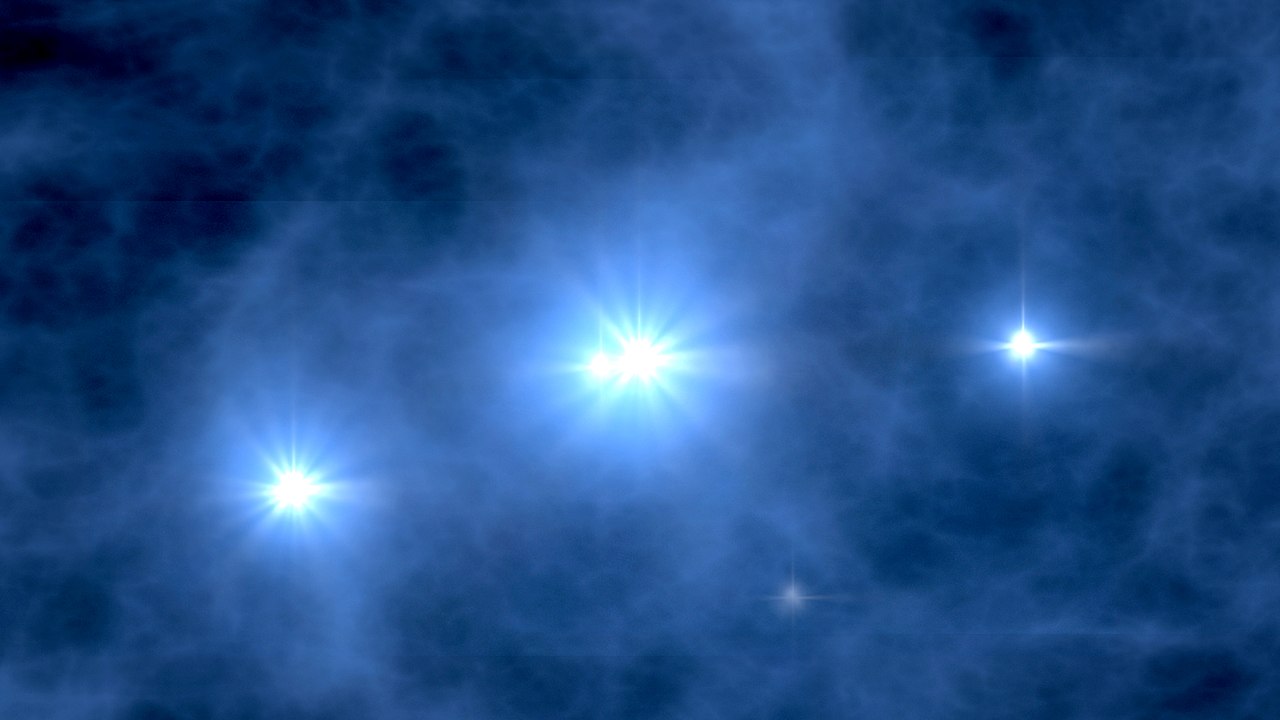
Image Credit: Universe Today
Neutral Hydrogen: The Next Big Game in Cosmology
- Neutral hydrogen emits a feeble kind of light known as 21cm radiation.
- Observing this ancient radiation is a challenging task due to its weak signal in comparison to terrestrial radio broadcasts.
- Existing observatories have not been able to find a conclusive signal of the Dark Ages.
- The Lunar Crater Radio Telescope aims to use the far side of the Moon as a shielded observatory to map the cosmic Dark Ages.
Read Full Article
2 Likes
Nasa
439
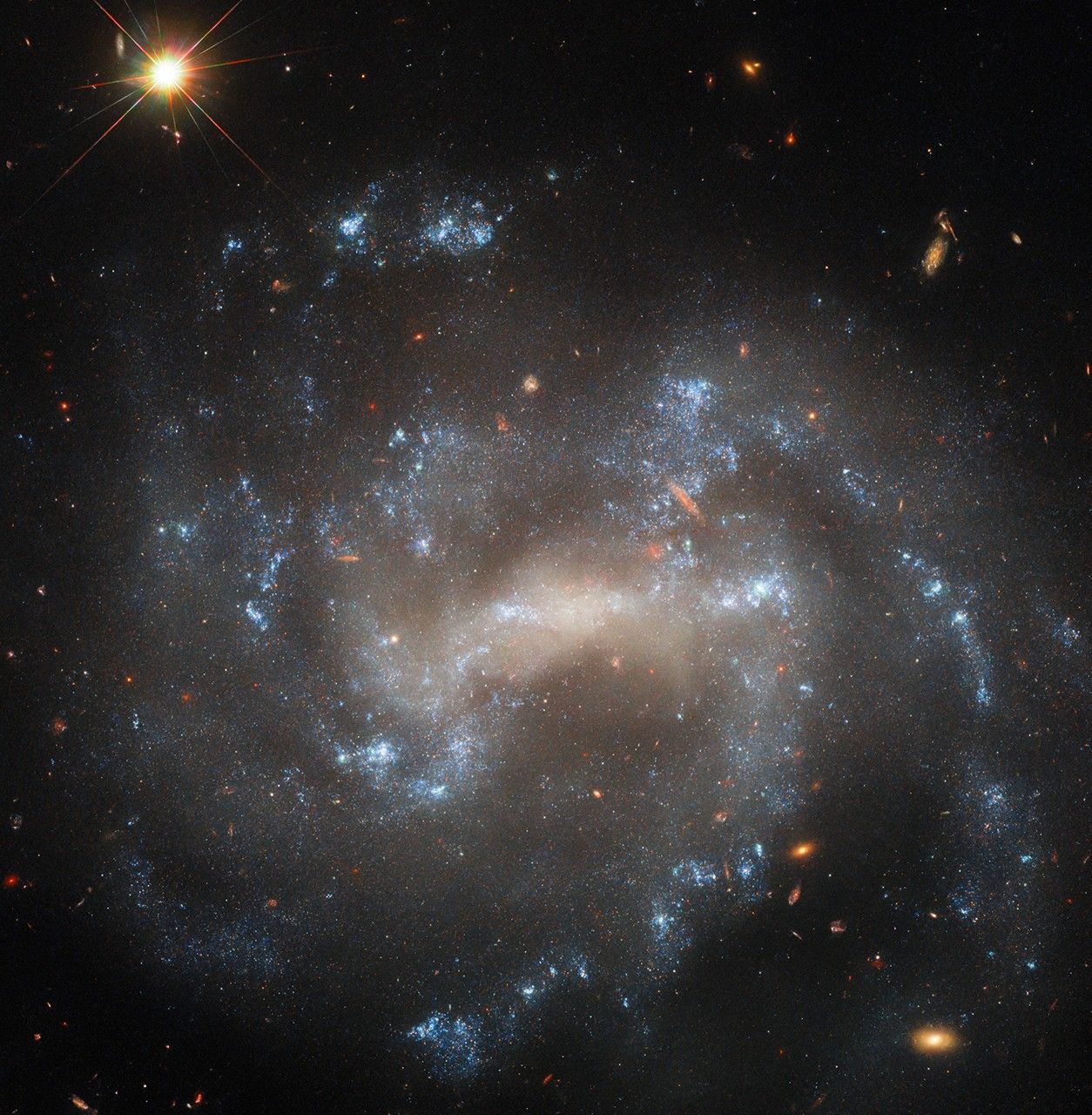
Image Credit: Nasa
Hubble Spies a Spiral That May Be Hiding an Imposter
- The sparkling spiral galaxy UGC 5460 sits about 60 million light-years away in the constellation Ursa Major.
- Hubble collected data for three observing programs to study various kinds of supernovae in UGC 5460.
- Hubble observed SN 2015as, a core-collapse supernova, to understand the collision of its expanding shockwave with surrounding gas.
- Hubble also studied SN 2011ht, a potential impostor called a luminous blue variable, to determine the origin of its eruptions.
Read Full Article
26 Likes
Dronelife
375
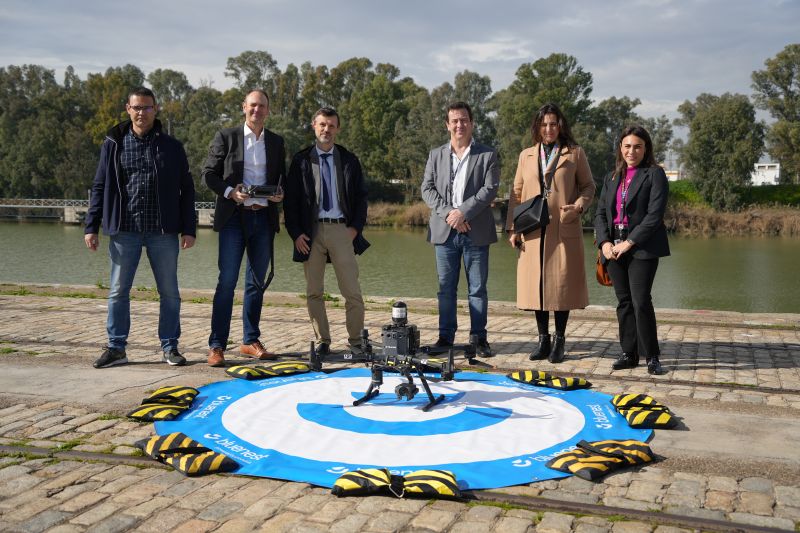
Image Credit: Dronelife
U-ELCOME Project Advances U-Space Integration with Large-Scale Drone Demonstrations in Spain
- The U-ELCOME project, as part of the unification of European airspace, has conducted large-scale drone demonstrations in the ports of Valencia and Seville, Spain.
- The Port of Valencia hosted a U-Space validation exercise involving multiple drone operations, showcasing the coordination of U-space services for emergency response, logistics, and operational efficiency.
- The Port of Seville demonstrated how U-space services can support safe and efficient drone operations for logistics and infrastructure monitoring in port environments.
- The U-ELCOME project aims to develop a single, scalable framework for drone operations in Europe, promoting safety, efficiency, and sustainability in urban and industrial airspace.
Read Full Article
22 Likes
For uninterrupted reading, download the app